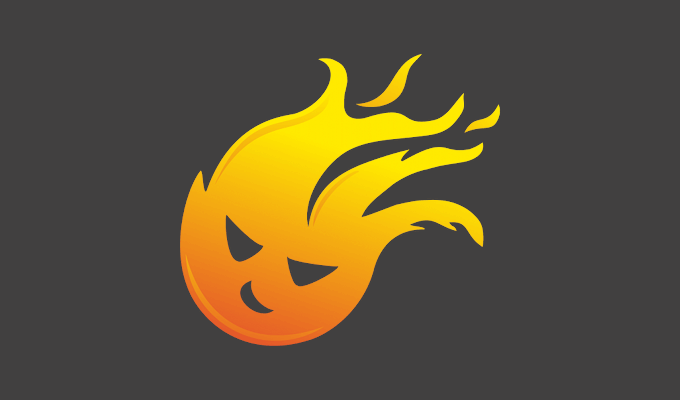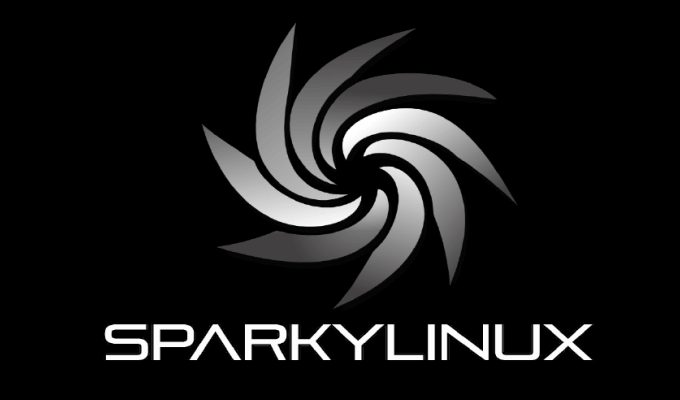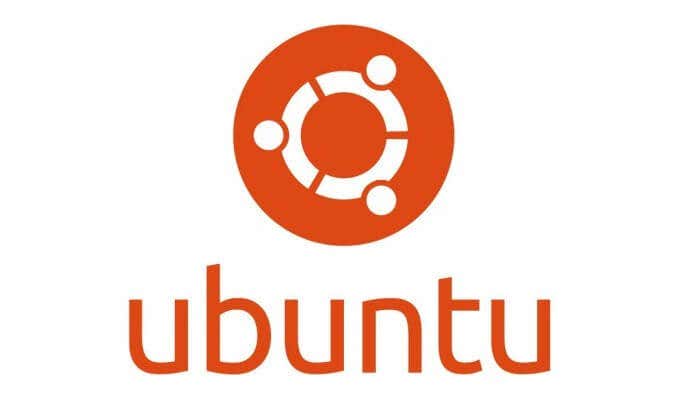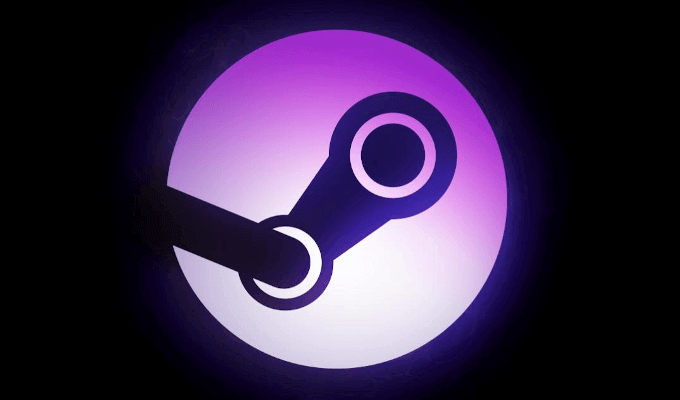Originally, Linux was not the most game-friendly operating system. Usually for its lack in hardware support, especially when it came to graphics cards. Fast forward to today and Linux has become far more popular in recent years, providing a vast array of distributions, it’s now more gaming friendly than ever. Plenty of developers have been keen on creating games that are available to not only the big two, but Linux as well. So long as you have the right distribution, gaming on a Linux machine can be just as enjoyable. This does beg the question, “What is the best Linux distro for gaming?”
What Is The Best Linux Distro For Gaming?
When we said that developers were big on getting Linux into the gaming market, we weren’t kidding. There are literally thousands of different games available to Linux. Even though you might be capable of transforming any Linux distro into a gaming machine, there are already plenty out there specifically designed with gaming in mind. Each of these distros already has everything pre-configured for gaming so that you’re not wasting countless hours getting everything setup. Instead, you get to jump right in and get your game on. The problem comes in deciding which one is the definitive best Linux distro for gaming. We’ve compiled five of what we consider to be the best Linux distros for gaming currently available. You can find which one you value most by taking a look and deciding for yourself which is the best for you.
Game Drift Linux
For those familiar with Ubuntu but new to Linux gaming, Game Drift Linux (GDL) is the perfect distribution for you. GDL jumped on the scene back in 2011 and created the very first Linux Game Store featuring both open source and commercial titles. Its partnership with Codeweavers allowed the distro to utilize Codeweaver CrossOver technology right in the store. This gave users over 1,200 different Windows games from which to choose, which were made downloadable in a single click. GDL is capable of running on most PCs though the games may contain additional system requirements to play. Though it may be one of the most complete Linux gaming distros available, due to the popularity and availability of PlayOnLinux, GDL is no longer being maintained. It’s built upon Ubuntu, so community support is still very high even while being self-run.
Lakka
Built on top of media centre software LibreELEC, Lakka is a lightweight version of Linux which can turn your computer into a retro games console. It supports almost all keyboards as well as wireless console controllers like those from PS3, PS4, and Xbox 360. Lakka is the best Linux gaming distro for retro gamers, using RetroArch to incorporate a frontend emulator built directly into the system. For copyright reasons, Lakka is not permitted to ship with any pre-installed games. You’ll need ISO images, the actual game CD, or precompiled ROM files of arcade games in order to play them. This distro is also highly flexible with the ability to install on a variety of hardware, including x86 PCs, the Raspberry Pi, and more. The user-interface is easy to navigate, and the underlying systems are actually based on Kodi. If retro gaming is what you live for, Lakka will provide a console-like experience via emulators that will allow you to keep all of your favorite games in one place.
SparkyLinux GameOver
Sparky Linux is a Linux distro for gaming based on Debian. It comes packed with features like the Lutris gaming platform as well as a tool for web browser installation, allowing you to play games online. The GameOver Edition also includes APTus Gamer which enables a variety of game emulator downloads to play retro and older console games. You’ll even find gaming applications like Wine, PlayOnLinux, and Steam already pre-installed. This means that all diehard Steam users will get plenty of use out of this distro as support for the games is abundant. The graphical interface is OpenBox, which is quite powerful but not quite as polished as others available. Avid Linux users can find their way around this by choosing to download a different user-interface, of course. Sparky is not one of the most well-known or used Linux distros for gaming, and as such, the support is somewhat limited. Though, finding help on their official forums is easy and quick, the community is rather small. This means you’re mostly on your own when it comes to figuring things out.
Ubuntu GamePack
Ubuntu GamePack is brought to you by the same developers as UALinux. It comes with two pre-installed emulators –DOSBox and DosEmu– and provides two different systems for you to enjoy gaming on Linux – Steam and the Lutris Gaming Platform. These features will allow you to download and install well over a hundred games. In addition, Ubuntu GamePack includes Wine and PlayOnLinux, which makes games you already own easily playable. This is to increase the appeal towards the distro as, similar to Lakka, it does not come with any games pre-compiled. The distro also supports Adobe Flash and Java so you can play online games and provides tremendous hardware support for video cards, controllers, and more. Being built upon the most popular distro, Ubuntu, makes it perfect for anyone to jump in and get setup easily. So long as you don’t mind the resource heavy factor that plagues Ubuntu, Ubuntu GamePack is easily one of the best Linux distros for gaming.
SteamOS
Yet another Debian-based distro, this one specifically designed to run Valve’s Steam platform. SteamOS is probably the closest Linux distro to an actual games console. The entire emphasis of the distro is tied almost exclusively to gaming. Originally, SteamOS was designed for the Steam Machine. Unfortunately, Valve has seen fit to remove them from its official store but continues to provide limited support for the Linux distro. This distro comes as install-only and is available for 64-bit machines. It also requires a fair bit of resources –200GB of free hard drive space and an Nvidia, AMD (Radeon 8500 and later) or Intel GPU. Out of the box you will find drivers ready to go to support a huge variety of video cards and controllers/joysticks. It also uses many different proprietary drivers, meaning that SteamOS is not an entirely open source software. The real catch is that SteamOS can only be used to play Steam games. Services such as PlayOnLinux or Wine are unavailable for users while using SteamOS. A work around is the in-home streaming feature which lets you connect the SteamOS machine to another computer on the network. This allows you to stream a game to that PC. SteamOS suffers from a Linux distro with high system requirements and lack of full open source. However, Linux gamers looking for a smooth integration with the Steam Store to play their Steam games will find the best Linux distro for gaming in SteamOS. Do you know of any other Linux gaming distros not already mentioned here? Let us know about them in the comments below.






